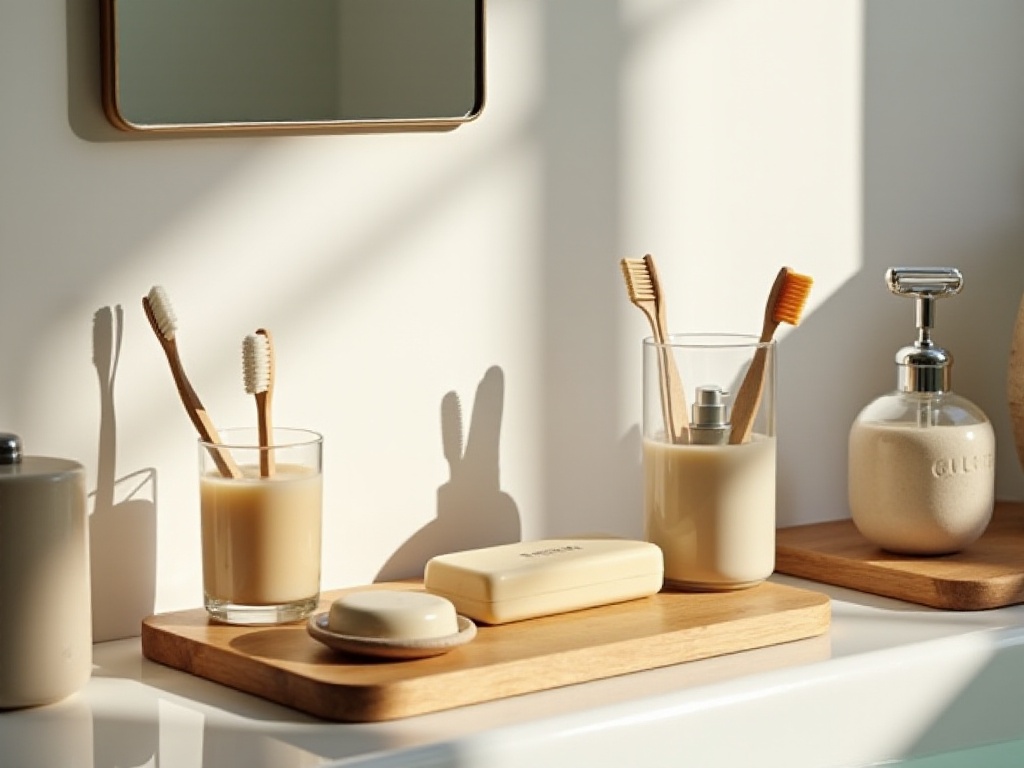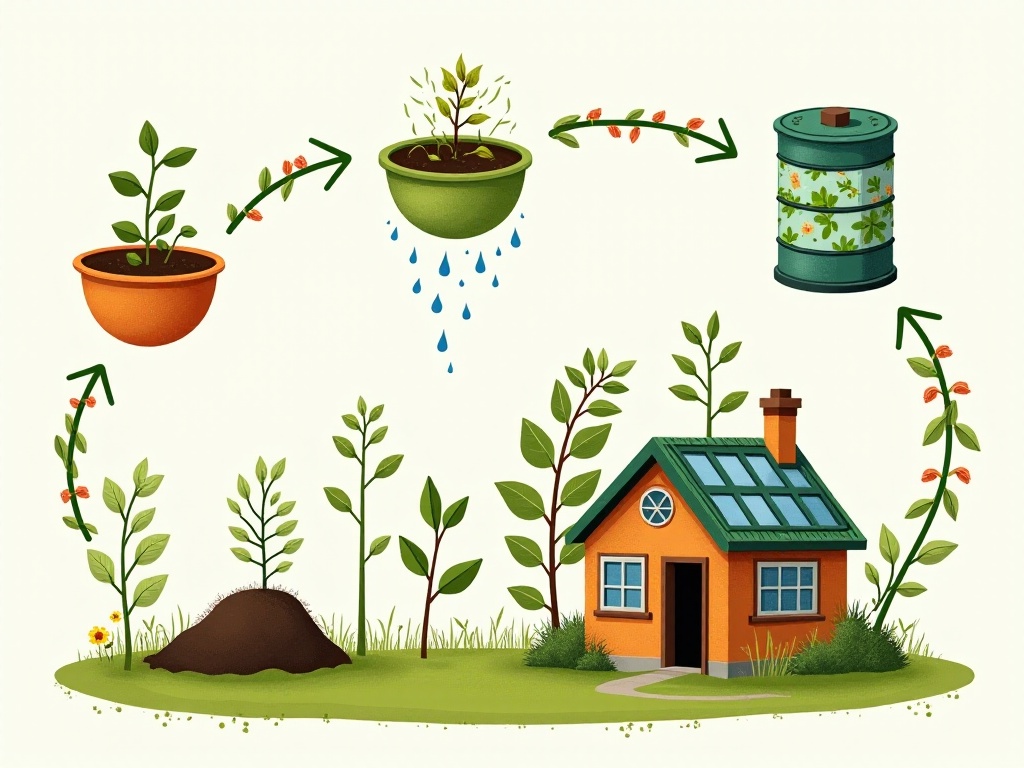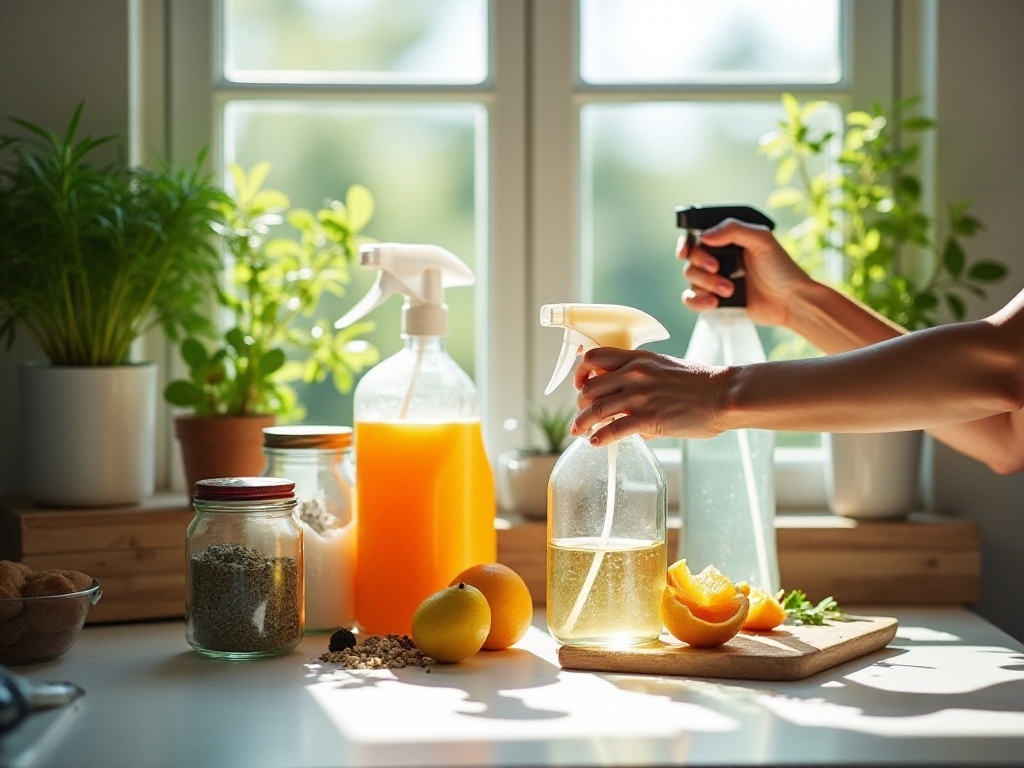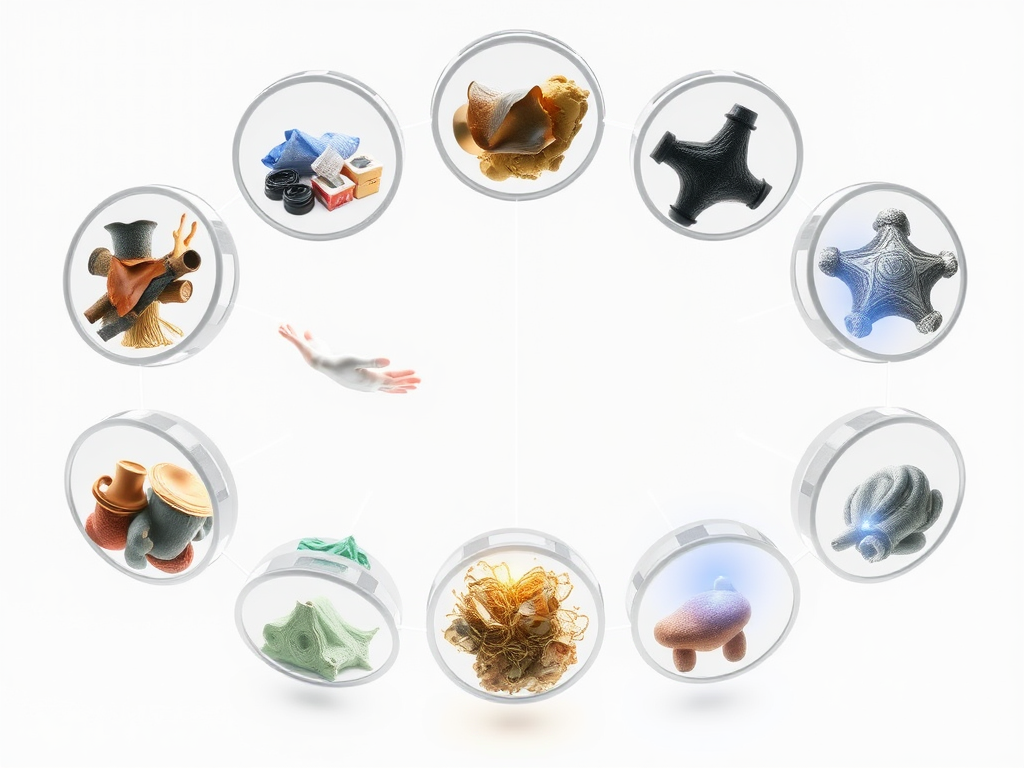Origin
Recently, I saw a statistic on social media: about 1.3 billion tons of food is wasted globally each year. If properly utilized, this wasted food could feed 2 billion people worldwide. As a lifestyle blogger, I feel a great responsibility. Looking at the mountain of packaging bags in my kitchen, disposable utensils everywhere, and ingredients quietly spoiling in the refrigerator, I decided to undertake a 21-day zero-waste kitchen transformation experiment.
To be honest, I was worried at first if this decision was too ambitious. After all, in this fast-paced society, the convenience of takeout and disposable items has become an indispensable part of many young people's lives. However, when I actually started this transformation, I discovered that zero-waste living isn't difficult at all; instead, it made my life unprecedentedly elegant and composed.
Examining the Current Situation
Before officially starting the zero-waste transformation, I spent an entire week recording and analyzing my kitchen waste situation. Honestly, I was shocked when I first seriously examined my trash can.
I categorized and weighed all the garbage, making detailed records. The data showed that food waste accounted for 35% of my kitchen waste. This included leftover food thrown away directly, expired ingredients from overbuying, and many fruit peels and vegetable leaves that could have been reused.
What shocked me more was that disposable packaging made up 45% of the total waste. Takeout containers, plastic bags, food packaging, plastic wrap... these seemingly ubiquitous "necessities" actually constitute the largest source of waste in our daily lives.
The remaining 20% consisted of various miscellaneous items, such as used paper towels and damaged kitchen utensils. Through calculation, I discovered that my kitchen alone produced nearly 30 kilograms of waste every month! This number led me to deep reflection.
At this rate, my kitchen would generate 360 kilograms of waste in a year. And this is just for one person - imagine how staggering the number would be when scaled up to an entire neighborhood or city?
Making a Plan
After realizing the severity of the problem, I began seriously researching zero-waste living. I discovered that the concept and practice of "Zero Waste" had long existed abroad, but directly copying foreign solutions wasn't realistic. After thorough research and consideration of my own circumstances, I developed a zero-waste kitchen transformation plan more suitable for Chinese people.
This plan mainly includes three levels: first, reducing waste at the source; second, establishing sustainable usage habits; and finally, properly handling remaining waste. Each level has specific action goals and completion times, making the entire transformation process more organized.
To ensure the plan's feasibility, I specifically sought out several bloggers who were already practicing zero-waste living to exchange experiences. Their advice helped me understand that change doesn't need to happen overnight - gradual progress is the sustainable way.
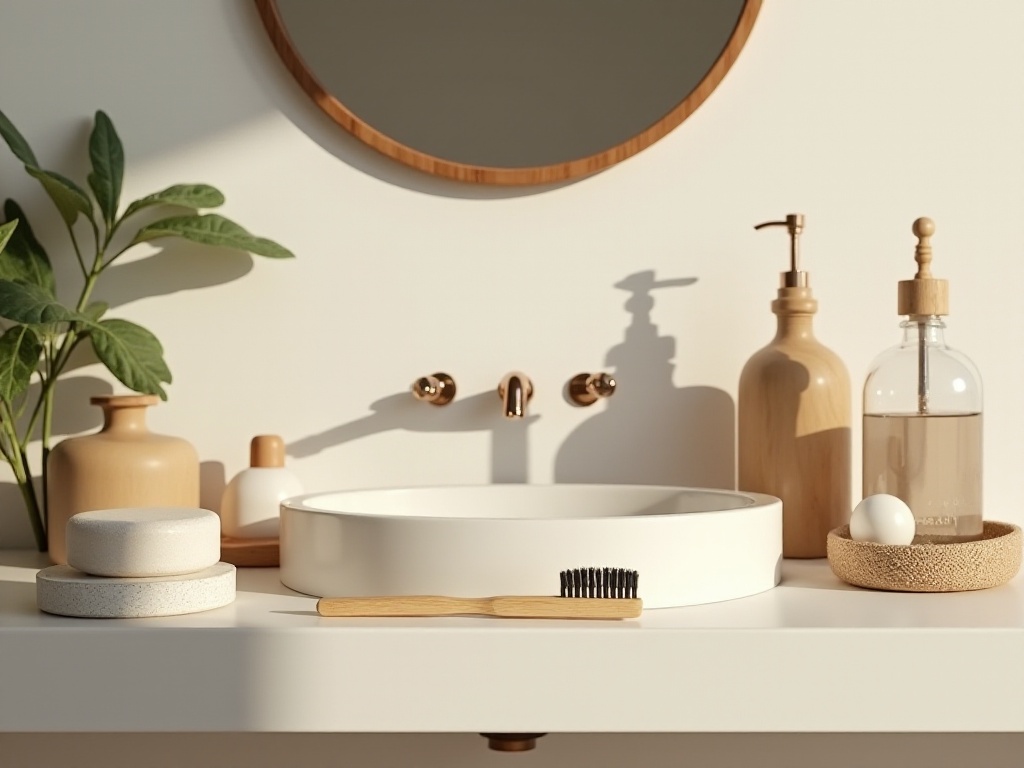
Source Reduction
The first step of action was changing shopping methods. I remember the first time I brought glass jars to buy bulk seasonings, the store clerk surprisingly asked, "Sister, what are you doing?" I smiled and explained that I was starting a zero-waste lifestyle. Unexpectedly, by the second visit, several other customers were also bringing their own containers. It seems good lifestyle practices naturally influence those around us.
To reduce packaging waste, I prepared a complete set of shopping equipment: reusable shopping bags, glass seal jars, mesh produce bags, and cloth grain bags. These reusable containers are not only environmentally friendly but also much more durable than disposable packaging. The glass seal jars, in particular, can store both seasonings and grains, and when neatly arranged in the kitchen, they're a joy to look at.
I also discovered that bringing my own containers changed my shopping habits unconsciously. Previously, I would casually buy lots of snacks and instant foods, but now I prefer choosing fresh bulk ingredients. This is partly because bulk foods are easier to store in my own containers, and also because beautifully packaged processed foods often contain more additives.
In the fresh food section, I prioritize loose fruits and vegetables rather than those tightly wrapped in plastic film. Although bulk ingredients might not look as "perfect" as packaged foods, they actually taste better and are fresher. Moreover, when I can freely choose the purchase amount, I won't buy too much due to packaging size restrictions.
Through these changes, I was delighted to find that my weekly packaging waste decreased by over 80%. More importantly, my shopping became more rational and planned - I no longer make impulse purchases due to attractive packaging.

Clever Use of Leftovers
During the experiment, I gradually discovered that many ingredients can be fully utilized. Take the common lemon for example - it's a perfect representation of zero-waste living. Fresh lemon pulp can be juiced, dried peels can be used for tea, and they can also be used to make natural cleaners. My favorite use is removing odors from cutting boards, which works better than any chemical cleaner.
The kitchen waste produced daily from cooking can also be transformed from waste to treasure through proper utilization. Carrot and potato peels can be used for soup, chive roots can be soaked in water and grown on the windowsill, celery leaves can be dried for seasoning, and even the roots of green onions, ginger, and garlic can be planted in pots.
I also learned many tricks for handling leftover ingredients. For instance, nearly spoiled fruits can be made into jam and stored in sterilized glass jars for a month; vegetable roots, stems, and leaves can be made into nutritious and delicious soup; bread crusts can be made into breadcrumbs, which are especially fragrant when sprinkled on baked dishes.
Once, I made a jar of mixed jam with strawberries and blueberries that were about to spoil, and surprisingly, it tasted better than store-bought jam. The natural sweetness of the fruit paired with a slight tartness is perfect on bread. Since then, I've fallen in love with making homemade jam - it's not only economical and environmentally friendly but also ensures the freshness and safety of ingredients.
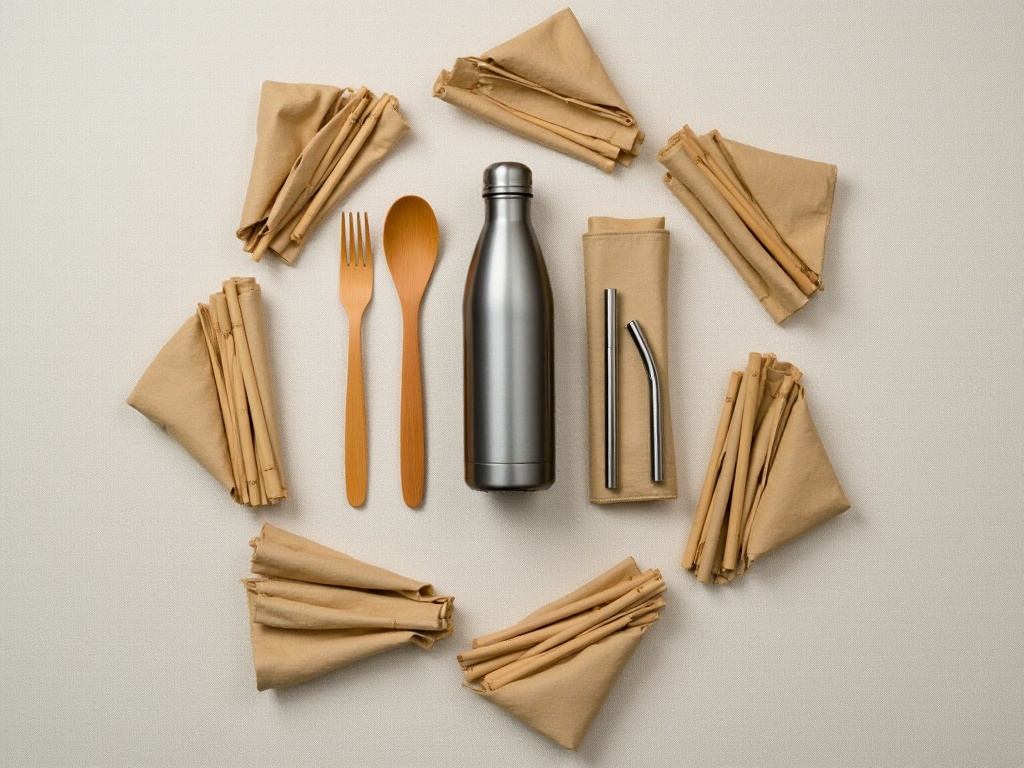
Establishing a System
The most important aspect of zero-waste living is establishing a complete management system. Through this transformation, I developed a kitchen management method that suits me.
First is establishing a purchasing list system. Before each supermarket trip, I carefully check the inventory at home and make a detailed shopping list. This not only avoids duplicate purchases but also prevents buying unused ingredients due to impulse shopping.
Second is implementing zone management in the refrigerator. I divided the refrigerator into different areas: cooked food, raw food, fruits and vegetables, etc. Each area is labeled, and a first-in-first-out rotation system is implemented. This not only increases ingredient utilization but also prevents waste from forgotten ingredients in corners.
I also label all stored ingredients with purchase dates and expiration dates, and check the storage room weekly to handle near-expiry ingredients promptly. This habit has saved me considerable money, as I no longer discover expired ingredients hidden in corners.
To my delight, this management system not only made the kitchen neat and orderly but also saves nearly 500 yuan in monthly food expenses. It turns out we're wasting not just ingredients but also our money.
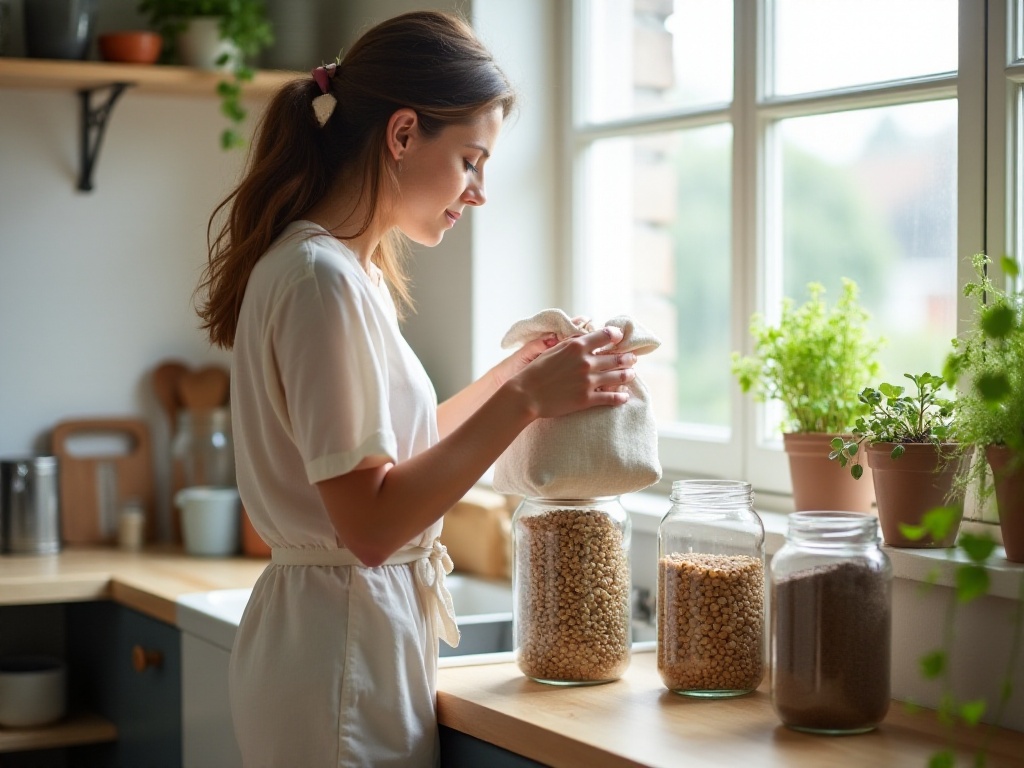
Unexpected Gains
During these 21 days of zero-waste living, I gained far more than environmental protection and savings. The biggest change is that I started enjoying cooking and no longer see it as a hassle.
Because of fully utilizing each ingredient, I learned many new cooking methods. For example, stock made from vegetable trimmings is not only nutritious but can make ordinary stir-fries more delicious. Dried banana peels can be made into tea, which surprisingly improves sleep.
The air at home has also become fresher. With greatly reduced waste, there's no more odor from the garbage bin. And because of using natural cleaning products, the whole kitchen is filled with the fresh scent of citrus and mint.
Most importantly, I feel my life pace has slowed down. Previously, I would hurriedly deal with meals, but now I take time to properly prepare each meal. In the process of handling ingredients, I've learned to cherish everything more and better appreciate the preciousness of food.
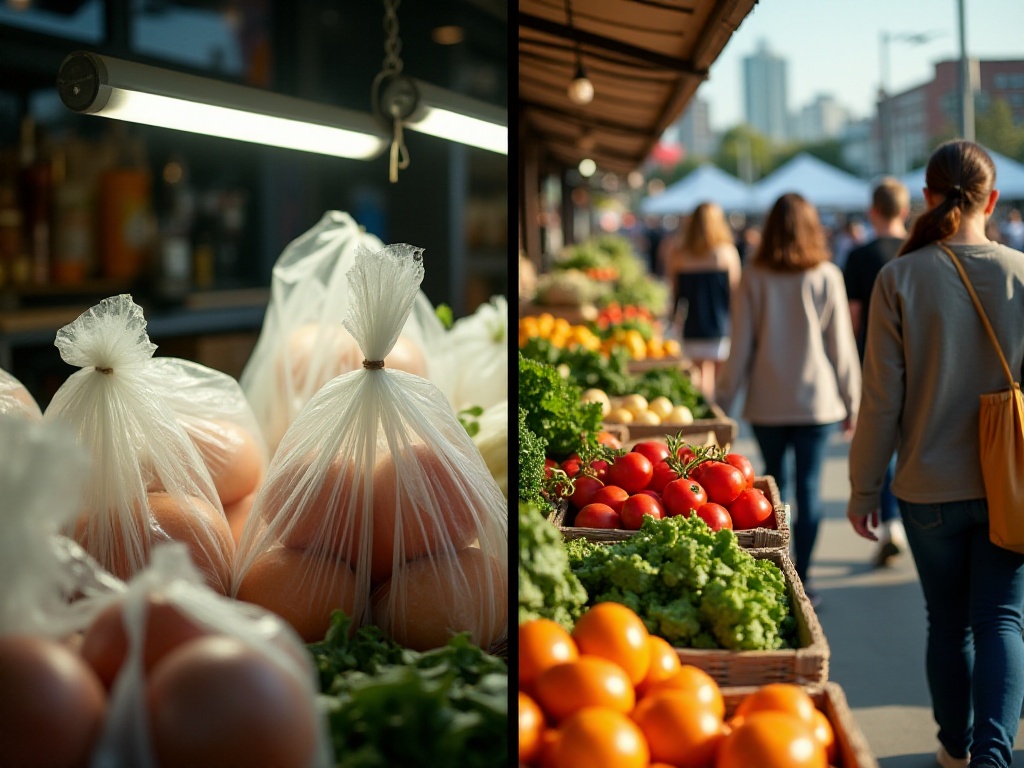
New Reflections
This 21-day zero-waste kitchen transformation experience has given me new insights into life. Environmental protection isn't a sacrifice but a process of returning to life's essence. When we reduce our dependence on disposable items, we discover that life can be simpler and better.
Through this experiment, I understood the principle that "less is more." When we're no longer seduced by excessive packaging and marketing tactics, we can see more clearly what we truly need. Zero-waste living isn't just about environmental protection; it's a wiser and more elegant lifestyle.
Every small change can bring unexpected impacts. Just like my first time bringing glass jars to the bulk store, one person's action can influence many others. When each of us starts paying attention to how our lifestyle affects the environment, the whole society will change for the better.
So, if you want to try zero-waste living, why not start from the kitchen? Even a small change, like bringing your own shopping bags or starting to use reusable containers, is a good beginning. I believe you'll discover more beauty in life during this process, just as I did.
Remember, change doesn't need to happen overnight. What's important is to start acting and then move step by step toward an ideal lifestyle. Perhaps one day, zero-waste living will become everyone's daily routine rather than an unconventional choice.
Do you think zero-waste living is difficult? Why not start with a small change in your kitchen today? Perhaps like me, you'll fall in love with this environmentally friendly and elegant lifestyle. Let's create a more environmentally friendly and better future together, starting from the kitchen.


